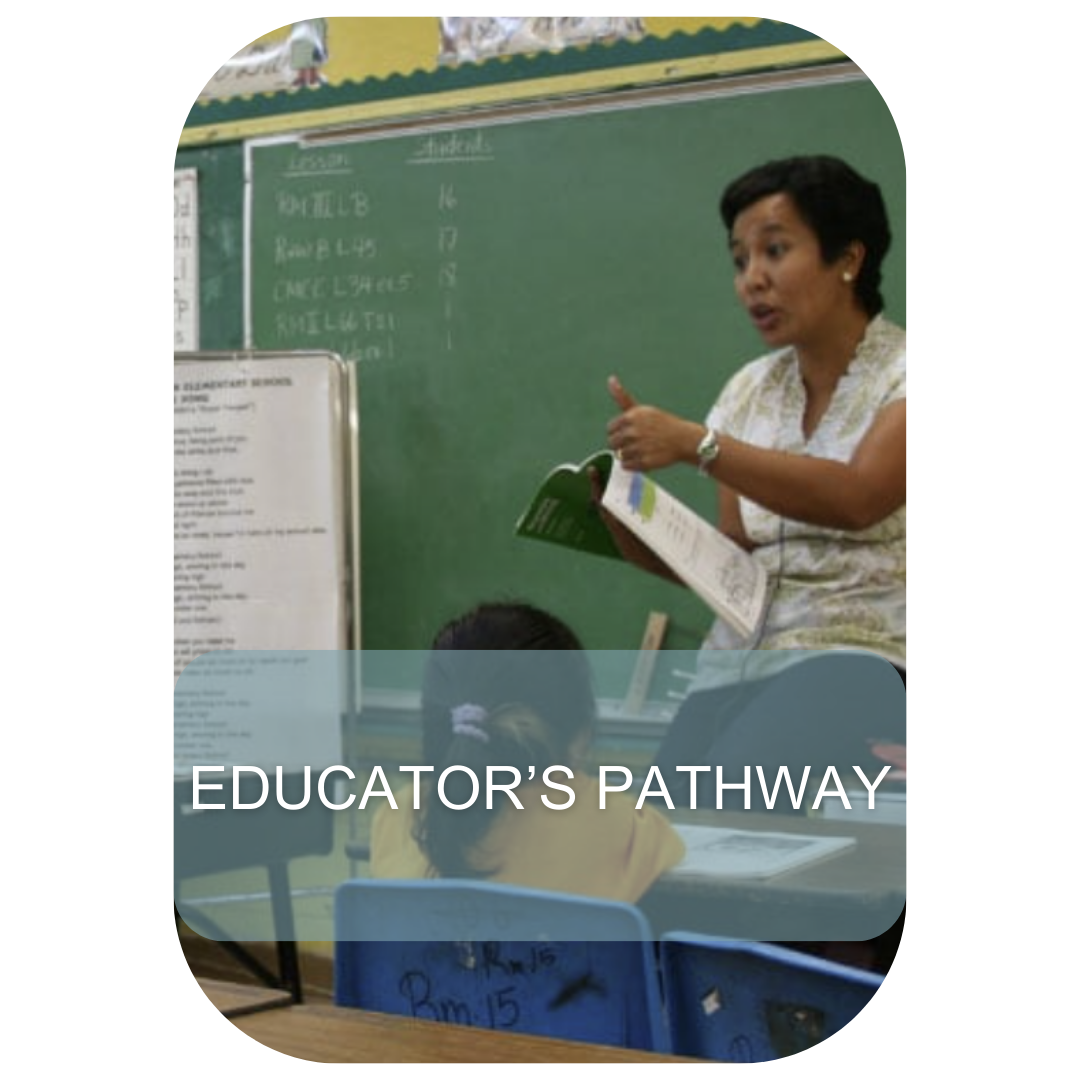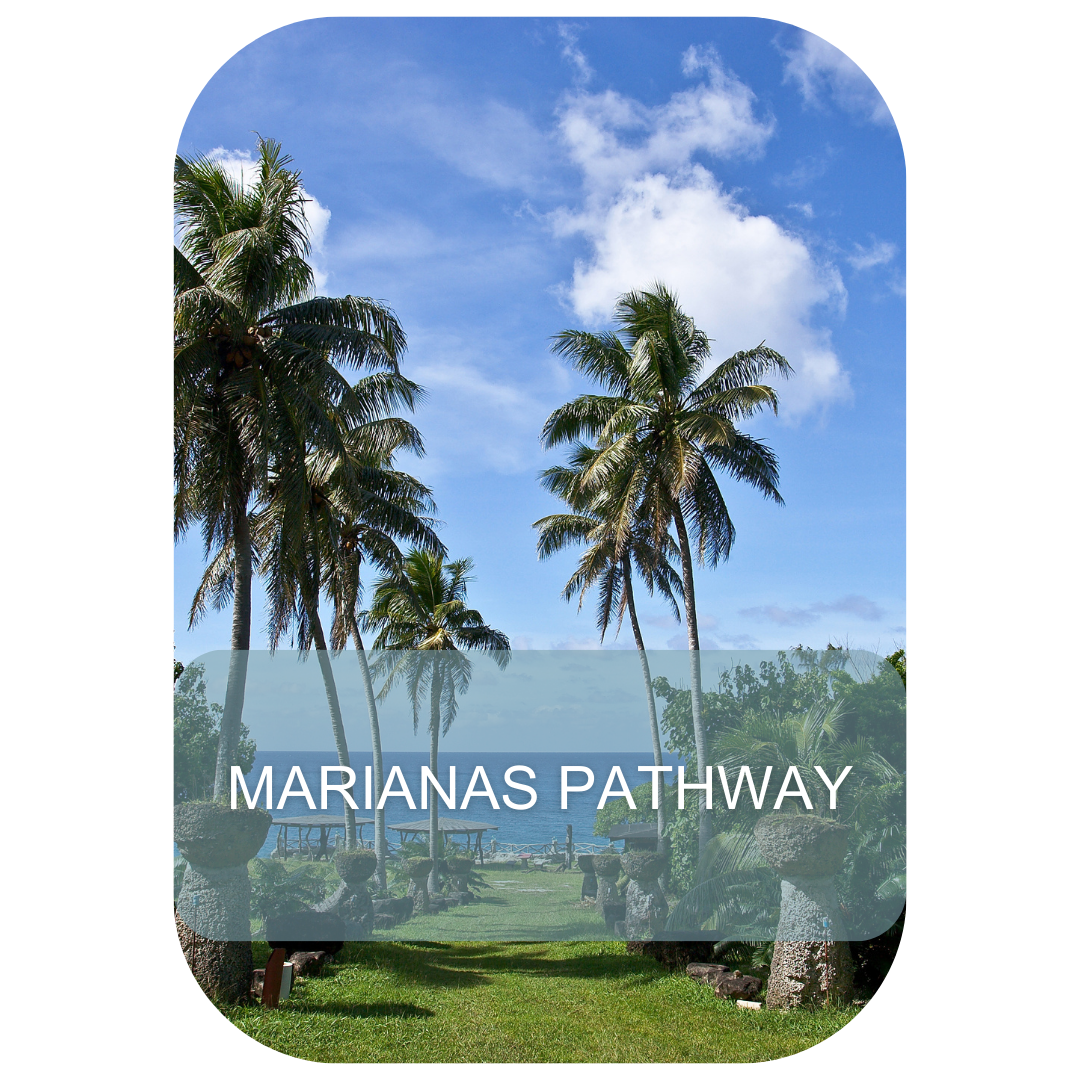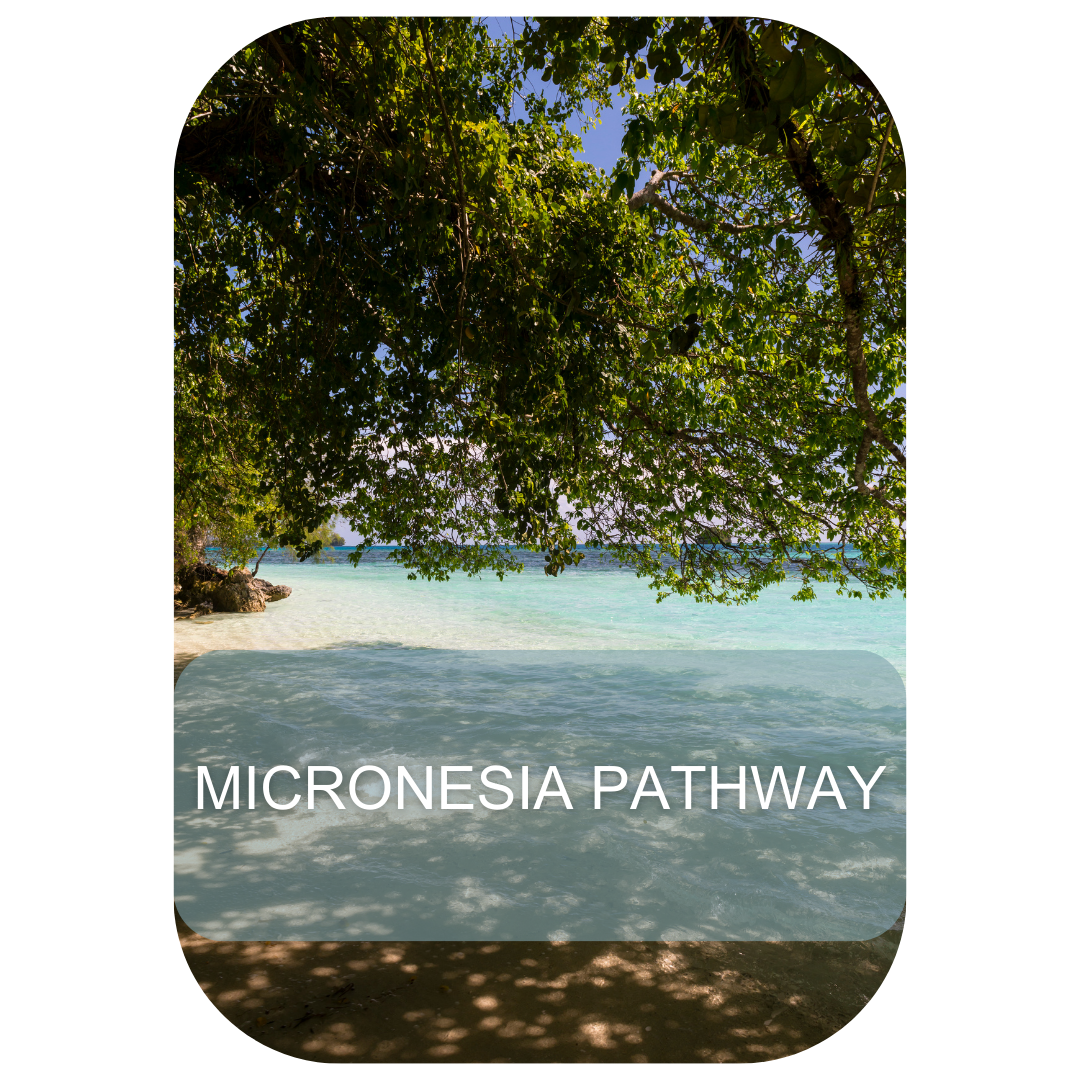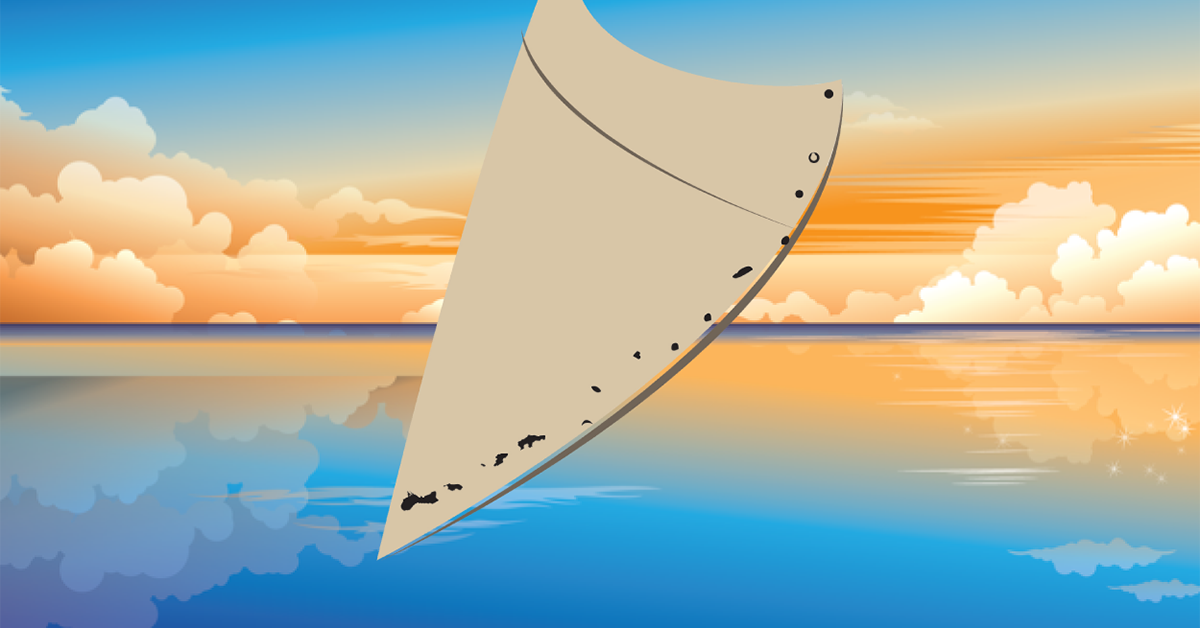
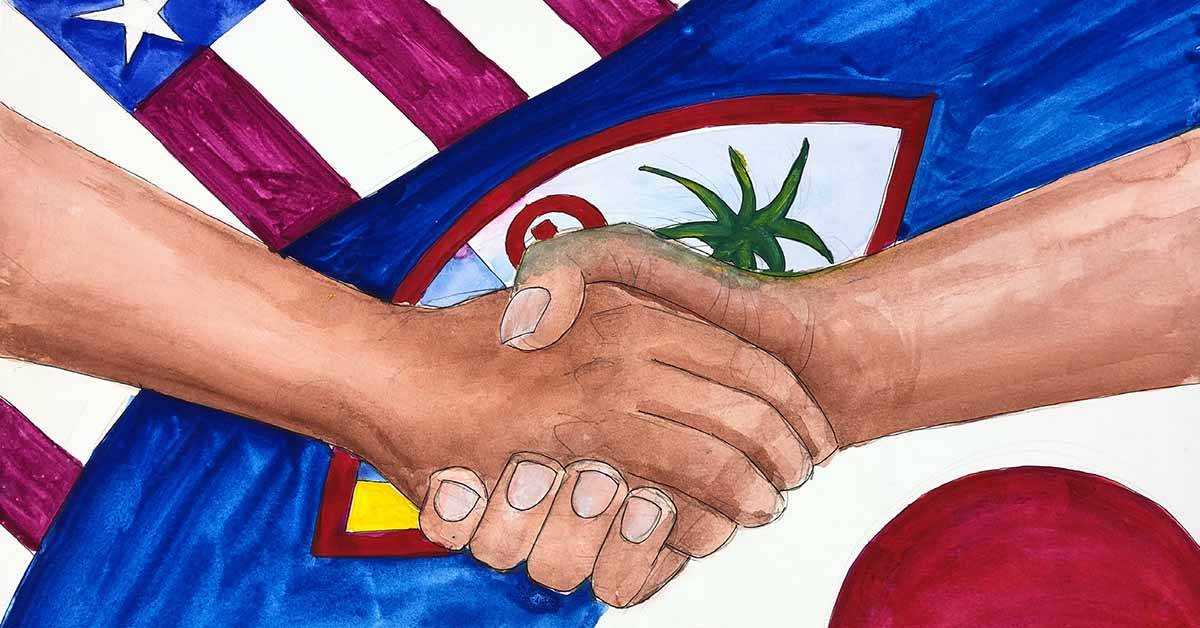
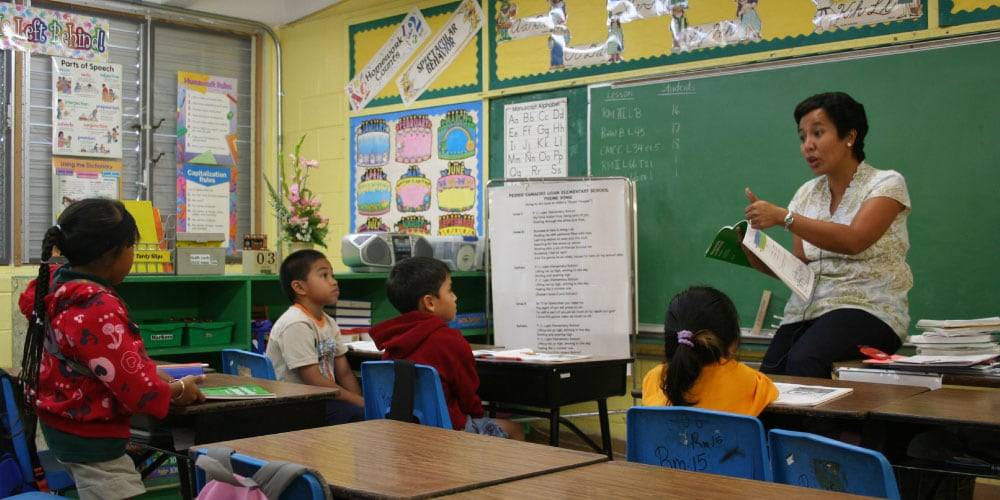
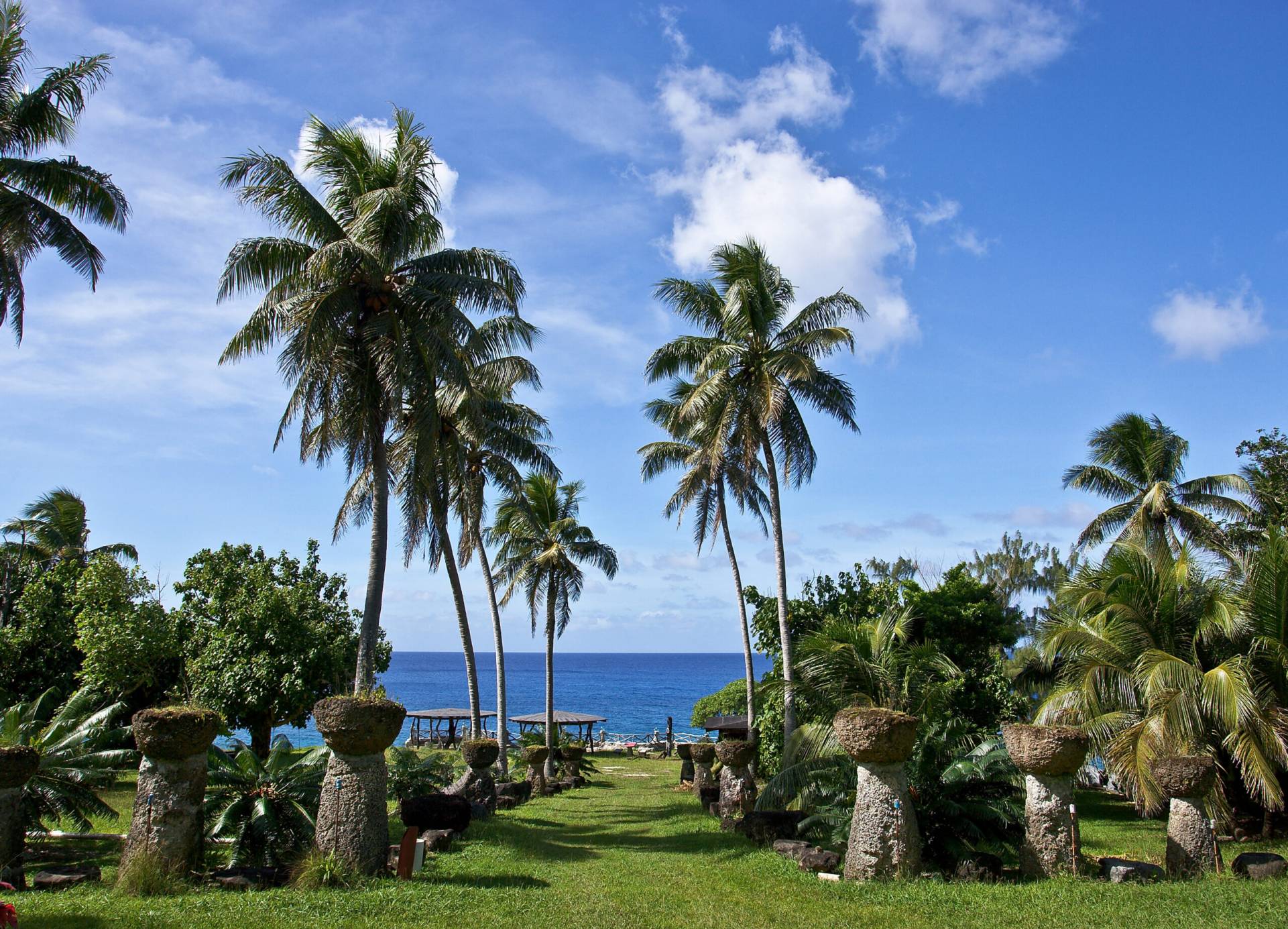
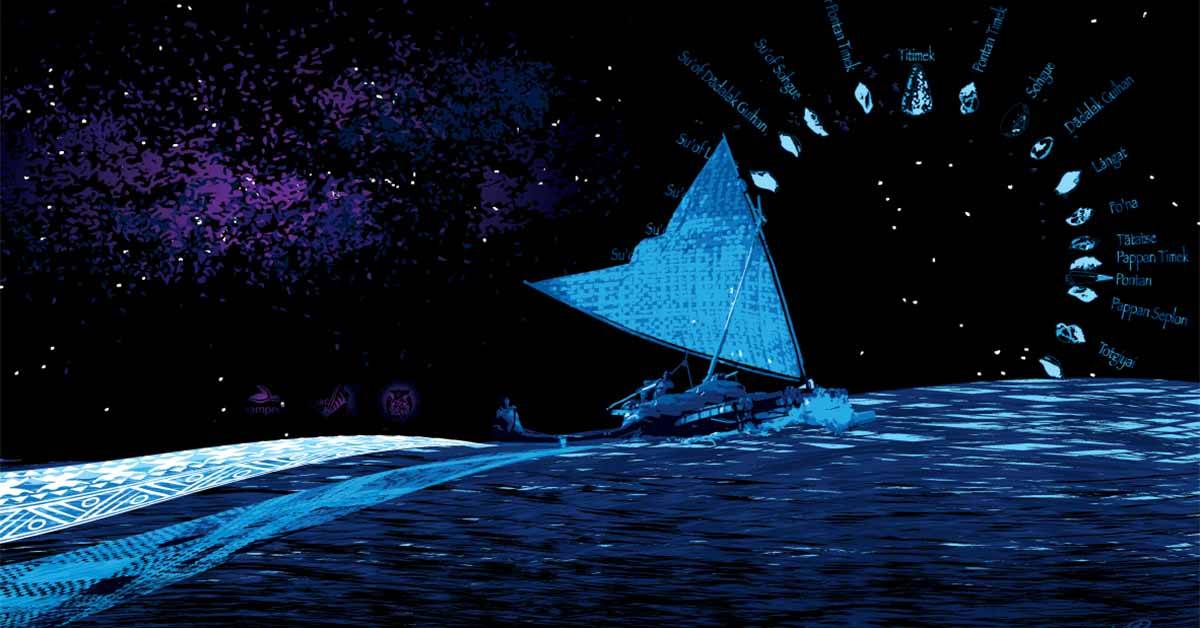
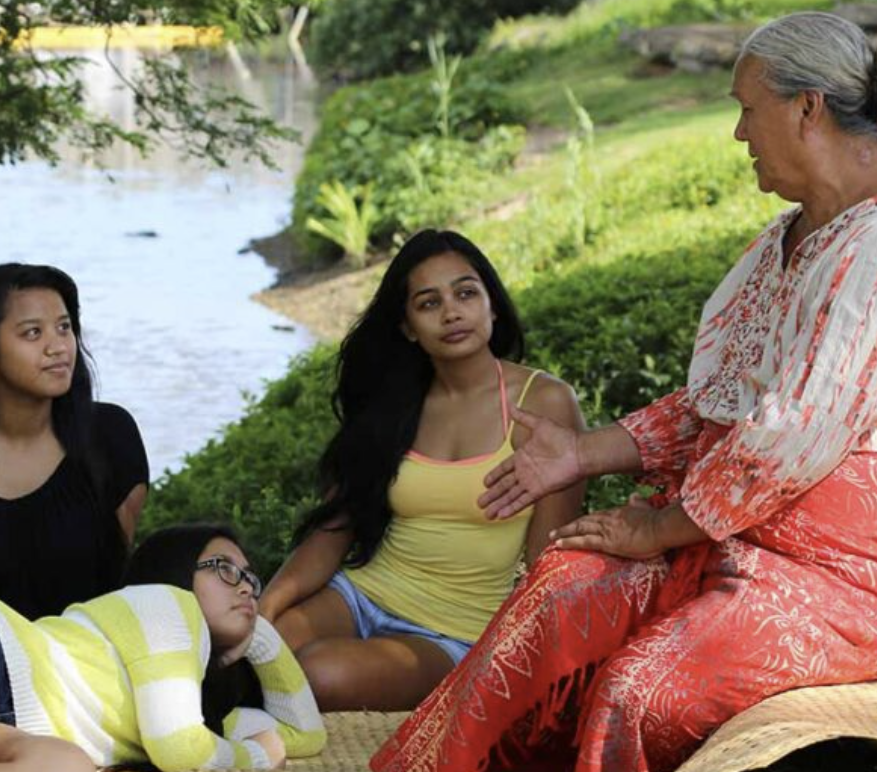
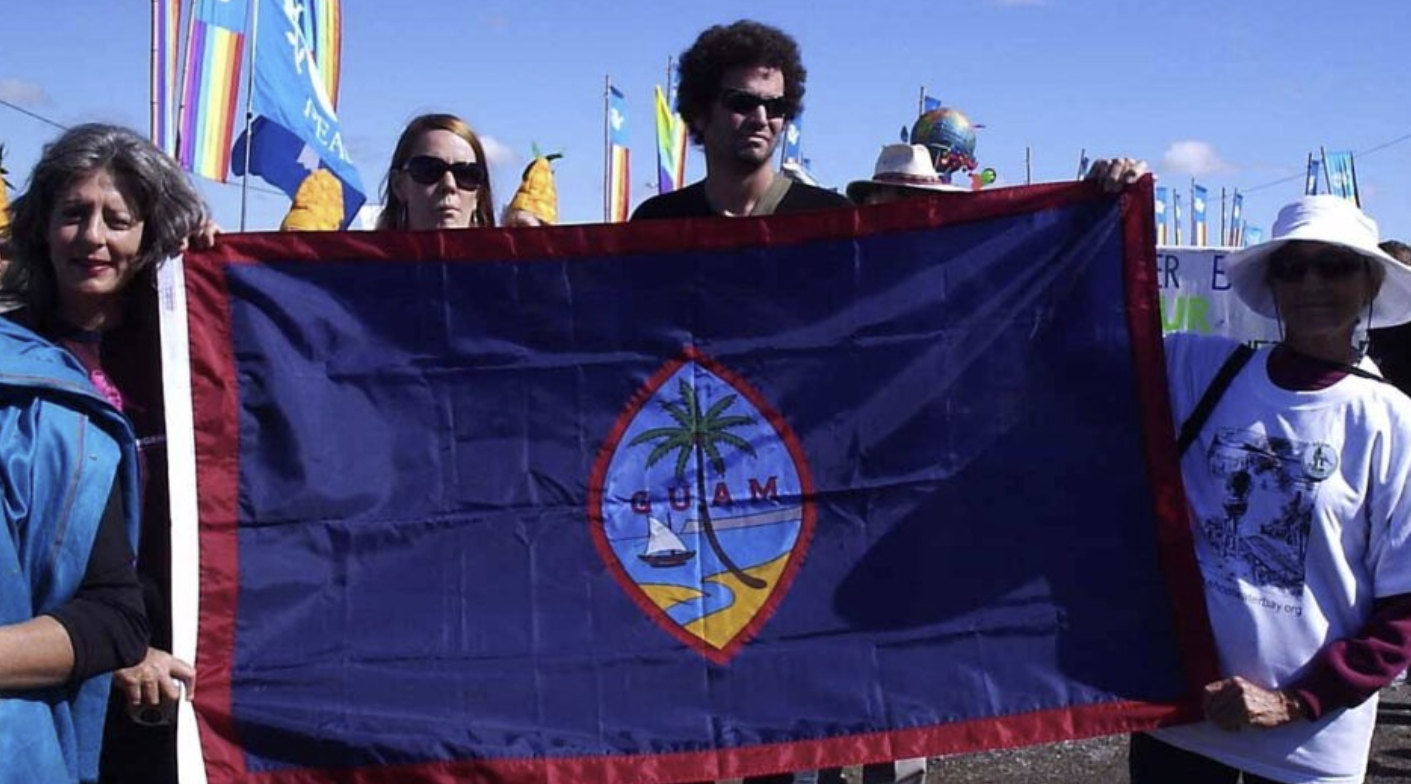
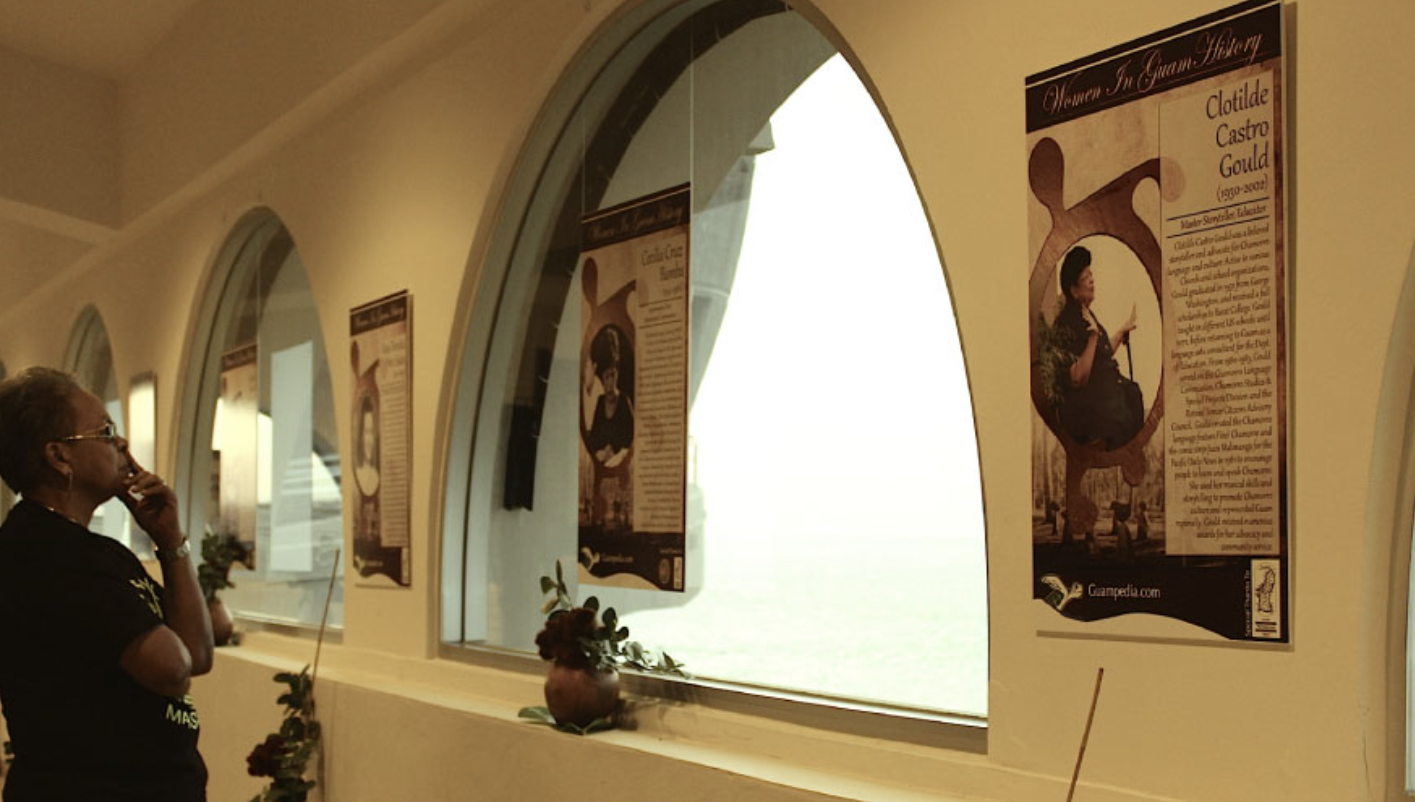
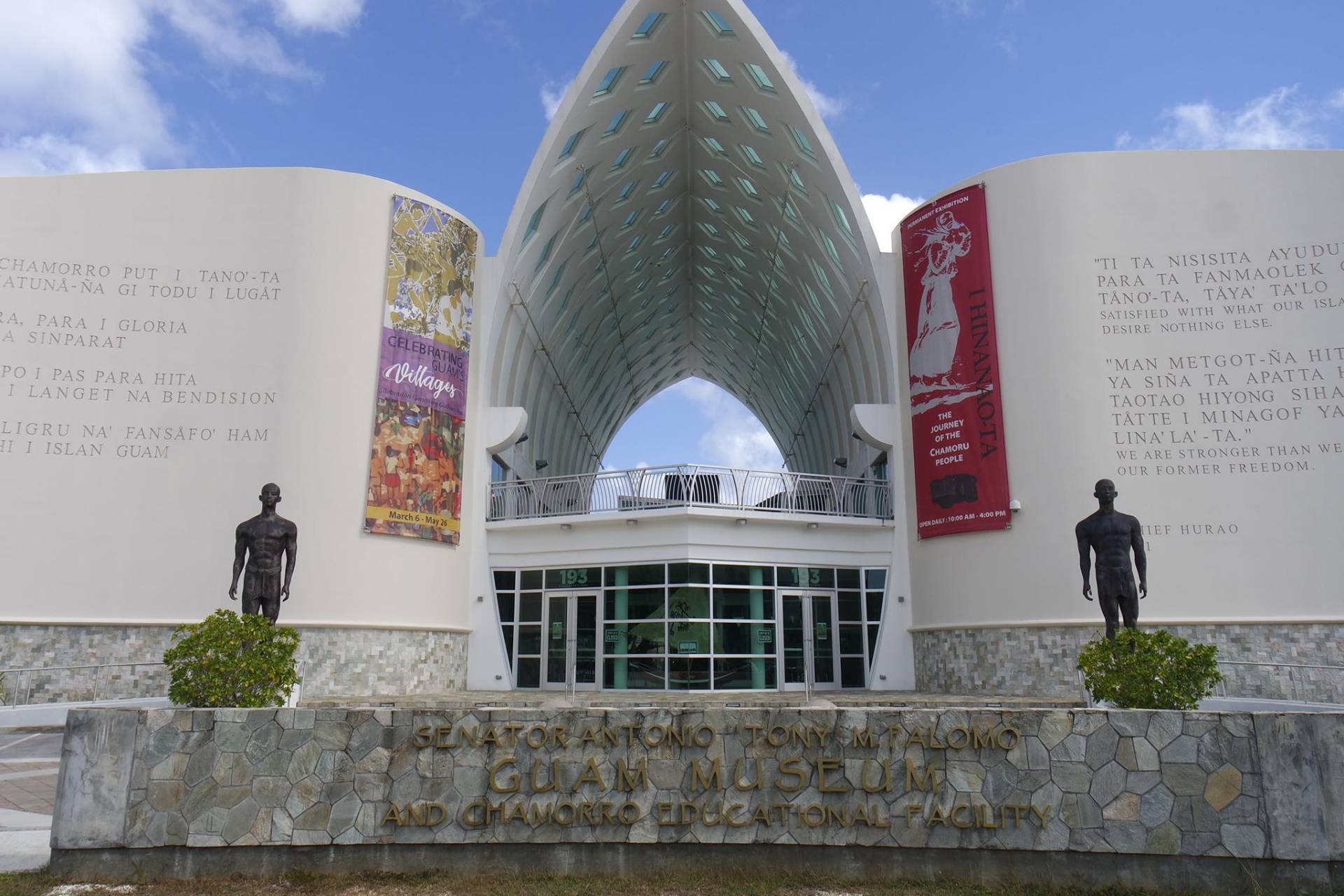
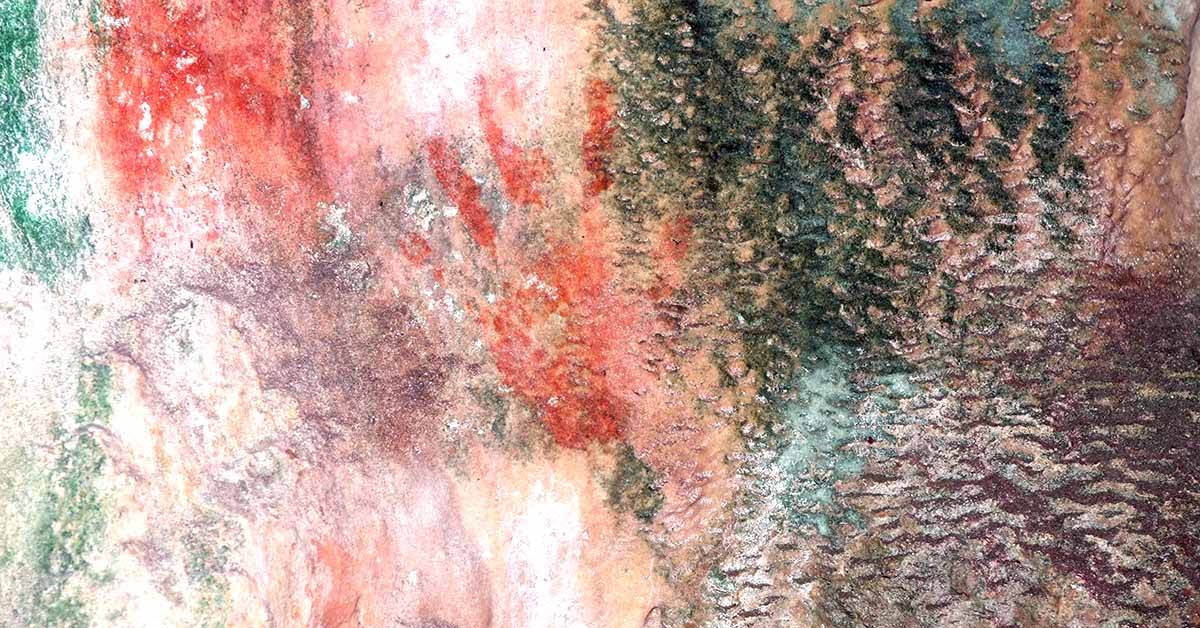
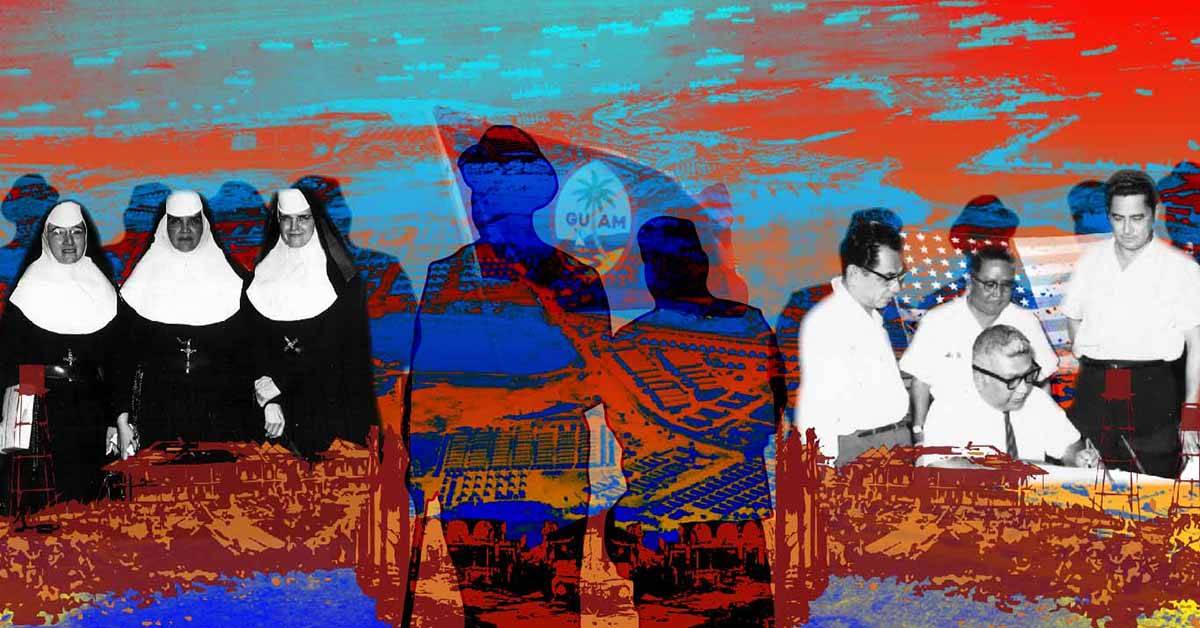
Held February 2021 and themed "Navigating 500 Years of Cross Cultural Contact"

"I'd consider liberation of Guam a rebirth for all its people, and all those who showed delinquencies should be forgiven and given another change to really live again." - Agueda I. Johnston,1944.

Teachers, librarians, and parents searching for culturally and geographically relevant materials for learning about the Marianas, look no further.

Learn about the The Mariana Islands first visited by people from Southeast Asia more than 3,500 years ago.

Welcome to Micronesia! Take a journey of over 3,500 years of history with the people and culture.

Anyone who has grown up in a Chamorro/CHamoru household on Guam or the Northern Mariana Islands likely can attest to the importance the elders, our manaina, have in our families. Parents, grandparents and the older generations of aunts, uncles and cousins, grow in status because of their age and experience.

Life for any human, for any group of people, is meaningful only when one's own decisions matter, and when one's own choices are made in a free environment. Land issues, reparations concerns, cultural expresions, and educational reform for the Chamorro/CHamoru people really add up to self-determination. Without this process there can be little less.

Women's lives, women's stories. How many women in Guam's history can you name? Agueda Iglesias Johnston. Clotilde Gould. Cecilia Bamba. These are just a few of the Women in Guam History featured in this section of Guampedia.com.

Named for the late Senator Tony M. Palomo. The Guam Museum, located at Skinner Plaza in the heart of Hagåtña, Guam, is a government of Guam owned museum focused on the history of Guam. It's official name is Senator Antonio M. Palomo Guam Museum and Educational Facility.

Few things speak more loudly about ancient cultures than the tangible elements they leave behind -- buildings, tools, drawings, skeletal remains -- physical reminders that a people once lived and breathed and died in a particular place within a specific historical context.

The decades following the war brought new challenges for Guam. With population changes came numerous social, political and economic issues for the local community to face.

HÅFA ÅDAI!
Si Yu’os Ma’åse’ for visiting Guampedia! Through local, regional, national and global partnerships, our site provides access to more than 1,500 fact-checked entries, about 4,000 images and extensive multimedia collections, resources and links.
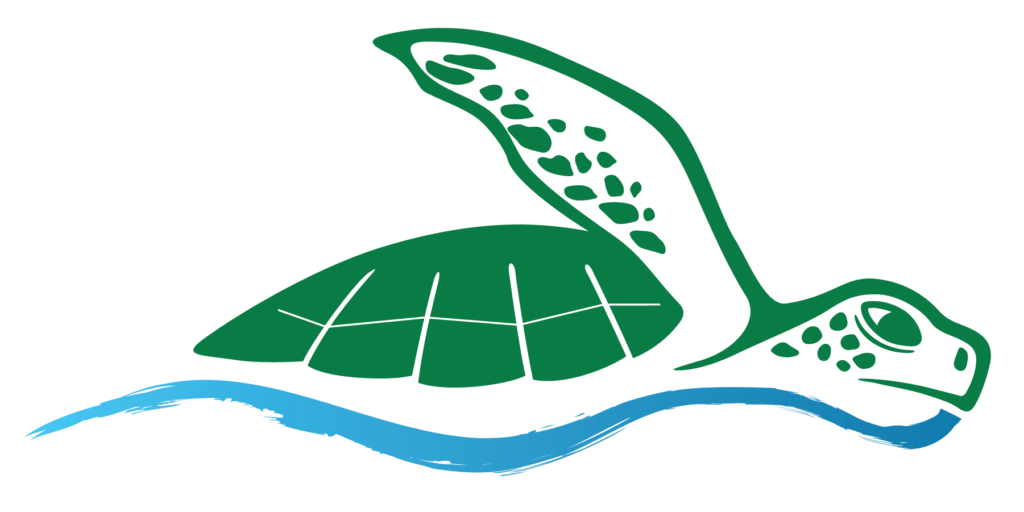
Pathways
We now feature three direct Pathways to educational resources, the cultural and historical landscapes of the Marianas archipelago, and our wider region of Micronesia in the Western Pacific ocean. Our Pathways invite you to take a deep dive into these rich histories from an islander-centered perspective.
Guampedia’s Sections encompass the vast cultural landscapes of our islands’ more than 3,500 year human history. Not sure where to start? Each Section opens with an introduction to the subject (whether it’s Creative Expression, the Natural Environment, or entries on Marianas heritage and culture) and offers an array of relevant written entries, media, and pathways to more resources.
Our collections reflect the rich cultural landscapes of the 3,500 year human history of the Marianas and our sister islands throughout Micronesia. These collections feature islander centered resources. Each section offers a deeper dive into over 100 subject categories offering an array of written entries, relevant media and pathways to more resources.
Explore the breadth and depth of the people and the islands of the Western Pacific - MicrONEsia!
Creative Expressions
Traditional and contemporary arts and artisans.
Dive In
Learn about Our Heritage, discover inspiring e-publications, and explore our natural environments. Take a journey through indigenous lenses as we traverse the timeline, listen to voices of the past, and dive in to every resource made available to you on Guampedia.
The Matao Iron Trade Part 2: Galleon Trading and Repatriation
Between 1565 and 1665, Guam’s southwest coast received sporadic visits from Spanish vessels, including the
The Matao Iron Trade Part 3: Appropriation and Entanglement
The matao fashioned the iron they acquired from trading with visiting ship crews into traditional
CHamoru DNA Studies and the Origin of the CHamoru People
From where do the original inhabitants of the Marianas originate? How long ago did they
Voices of Our Elders Media Files
Project Contributors. Toni “Malia” Ramirez, Antonia Degracia Castro, and Pale’ Eric Forbes, OFM Cap..
Stay & Watch
Stay Connected
Sign-up to receive quarterly updates on new articles, posts, events, and more from Guampedia!

